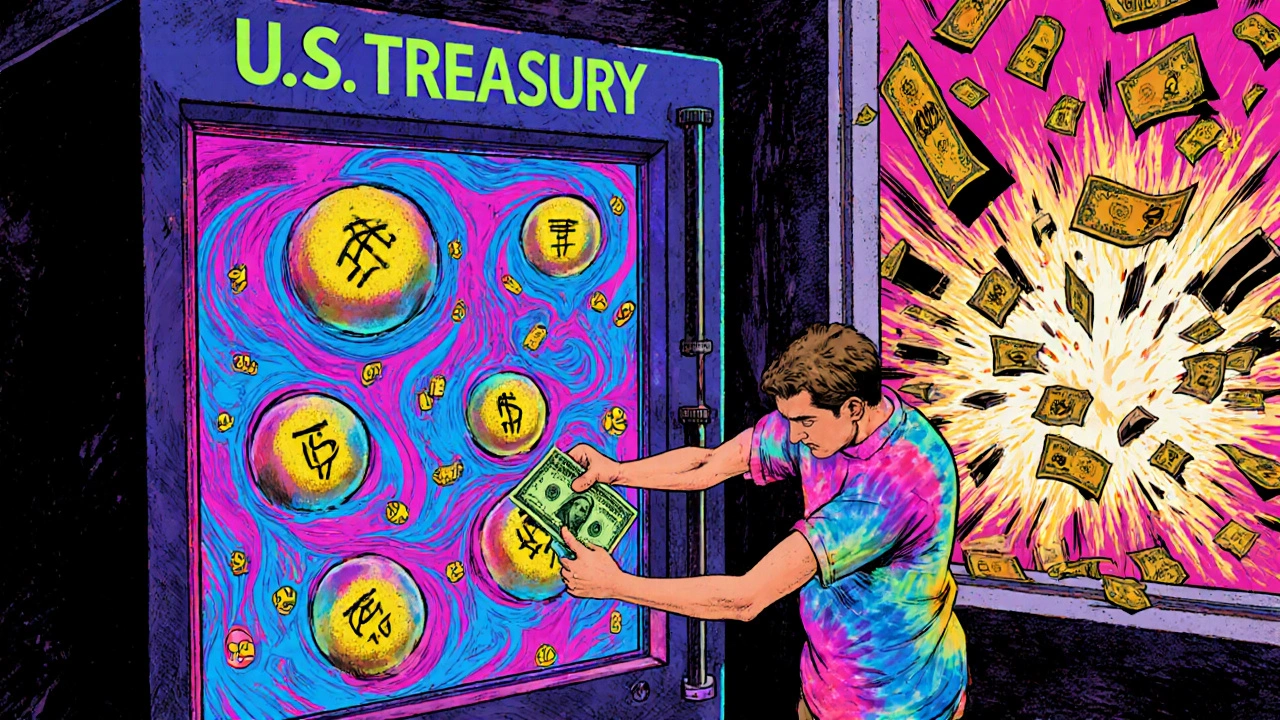Fixed Income: Stable Returns, Low Risk, and How to Use It in 2025
When you think of fixed income, a type of investment that pays predictable returns over time, usually through interest payments. Also known as income securities, it's what keeps your portfolio grounded when stocks swing wildly. It’s not flashy. It doesn’t promise to make you rich overnight. But in 2025, with inflation still lingering and interest rates higher than they’ve been in decades, fixed income isn’t just safe—it’s smart.
Most people think fixed income means bonds, debt instruments issued by governments or companies that pay regular interest until maturity. And yes, that’s the core. But it also includes CDs, certificates of deposit offered by banks with fixed terms and guaranteed returns, treasury securities, low-risk debt issued by the U.S. government, backed by its full faith and credit, and even some types of preferred stock. These aren’t just backup options—they’re tools that help you control risk, manage cash flow, and reduce stress during market chaos.
Here’s the thing most guides miss: fixed income doesn’t work the same way it did ten years ago. When rates were near zero, bonds barely paid anything. Now, with the 10-year Treasury yielding over 4%, you can earn real returns without touching stocks. But that doesn’t mean all bonds are equal. Short-term bonds hold up better when rates climb. Long-term bonds get crushed. Municipal bonds offer tax-free income if you’re in a high bracket. Corporate bonds carry more risk but often pay more. And inflation-protected securities like TIPS? They’re not just for retirees—they’re for anyone who wants their money to keep pace with rising prices.
Fixed income also plays a quiet but powerful role in portfolio diversification, the practice of spreading investments across different asset classes to reduce overall risk. For years, people assumed stocks and bonds always moved in opposite directions. That’s not true anymore. During high inflation or sudden rate hikes, both can drop at the same time. That’s why smart investors now mix fixed income with alternatives—like real estate, gold, or even short-duration strategies—to truly hedge against uncertainty.
And let’s talk about timing. You don’t need to guess the Fed’s next move. You just need to understand how interest rates, the cost of borrowing money, which directly affects bond prices and yields shape your returns. When rates rise, bond prices fall—but new bonds pay more. When rates drop, your existing bonds become more valuable, but you’ll earn less when you reinvest. The trick isn’t timing—it’s building a ladder. Buy bonds with staggered maturities. As each one matures, you reinvest at today’s rates. It’s simple. It’s automatic. And it works.
What you’ll find in these articles isn’t theory. It’s what real investors are doing in 2025. From how to pick the right bond funds without paying high fees, to why some people are skipping bonds entirely and using high-yield savings accounts instead, to how correlation between bonds and stocks has changed—and what to do about it. You’ll see real examples of portfolios that held steady during market drops, and learn why fixed income isn’t just about safety—it’s about control. No fluff. No jargon. Just what actually moves the needle when you’re trying to sleep better at night.






